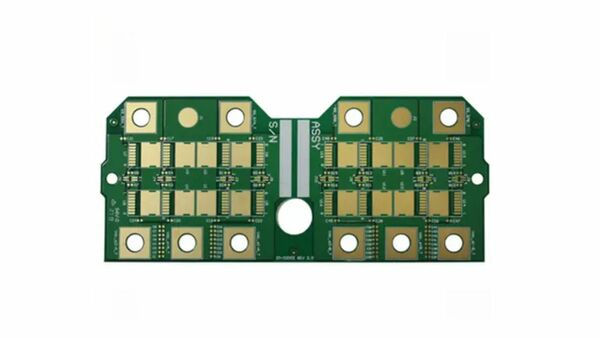Electronic devices have become integral to our daily lives, powering everything from smartphones to household appliances. Behind the seamless functioning of these devices lies a complex network of components connected through Printed Circuit Boards (PCBs). Double-sided PCB boards have gained prominence for their versatility and efficiency among the various types of PCBs.
Read and explore the advantages and applications of double-sided PCB boards in electronics.
Understanding Double-Sided PCBs
Before delving into the advantages and applications, let's establish a basic understanding of double-sided PCBs. These boards, also known as double-layer PCBs, feature conductive layers on both sides, allowing for a higher density of components and more complex circuit designs. The layers are connected through vias—small holes filled with conductive material, facilitating the flow of electrical signals between the layers.
Advantages of Double-Sided PCB Boards
Increased Component Density: One of the primary advantages of double-sided PCBs is their ability to accommodate a higher density of components. With conductive layers on both sides, designers can optimize the use of space, enabling the integration of more electronic components within a confined area. This compact design is especially beneficial in portable electronic devices where space is at a premium.
Enhanced Flexibility in Circuit Design: Double-sided PCBs offer greater flexibility in circuit design compared to single-sided counterparts. Designers can route traces on both sides of the board, allowing for more intricate and efficient layouts. This flexibility is crucial in applications requiring complex and compact circuitry, such as medical devices and aerospace technology.
Improved Signal Integrity: The dual-layer configuration of double-sided PCBs contributes to enhanced signal integrity. By separating signal and ground planes on different layers, designers can minimize interference and crosstalk, resulting in more reliable and stable electrical performance. This is particularly advantageous in high-frequency applications where signal integrity is paramount.
Cost-Effective Manufacturing: While double-sided PCBs offer advanced features, they are often more cost-effective to manufacture than multi-layer boards. The simplicity of the manufacturing process, coupled with the use of fewer layers, makes double-sided PCBs an economical choice for a wide range of electronic applications.
Applications of Double-Sided PCB Boards
Consumer Electronics: Double-sided PCBs find widespread use in consumer electronics, including smartphones, tablets, and laptops. The compact design and increased component density make them ideal for devices where space optimization is critical. Additionally, their cost-effectiveness aligns with the demands of mass-produced consumer products.
Industrial Automation: In industrial automation, where precision and reliability are paramount, double-sided PCBs play a crucial role. These boards are employed in control systems, sensors, and other automation components, facilitating seamless communication and operation of industrial machinery.
Medical Devices: The medical field benefits from the advanced capabilities of double-sided PCBs in various devices, such as medical monitors, imaging equipment, and diagnostic tools. The compact design allows for integrating sophisticated electronics within portable and space-constrained medical devices.
Automotive Electronics: The automotive industry relies on double-sided PCBs for various applications, including engine control units, infotainment systems, and safety features. The durability and reliability of double-sided PCBs make them well-suited for the demanding conditions of automotive environments.
Telecommunications: In the rapidly evolving telecommunications landscape, double-sided PCBs are instrumental in developing networking equipment, routers, and communication devices. Their ability to handle complex circuitry and high-frequency signals makes them essential to telecommunications infrastructure.
The Closing NOTE
The advantages and applications of double-sided PCB boards underscore their significance in electronics. These boards have become indispensable in various industries, from enhancing component density to enabling intricate circuit designs. As technology advances, the role of double-sided PCBs in powering innovative electronic solutions is only set to grow, driving progress in consumer electronics, industrial automation, healthcare, automotive, and telecommunications!



